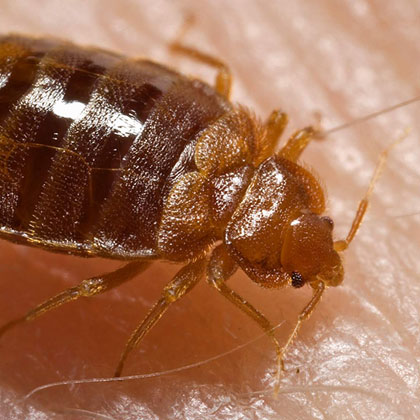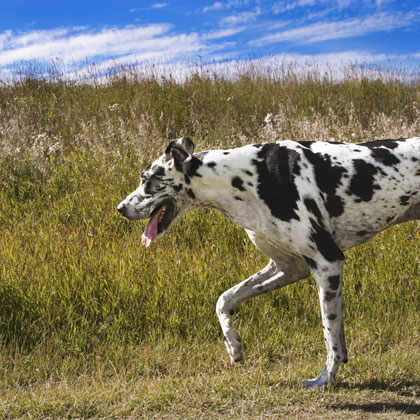Arctic Terns: Contributions of Indigenous Knowledge to Conservation Science

Arctic Terns: Contributions of Indigenous Knowledge to Conservation Science
As global biodiversity is threatened by anthropogenic activities, there is an opportunity to braid Indigenous knowledge with conservation science to benefit people and the environment alike. Some species in particular, like the Arctic Tern, are strongly benefitting from the information provided by Indigenous peoples.
Henri, Dominique A., Laura M. Martinez-Levasseur, Salamiva Weetaltuk, Mark L. Mallory, H. Grant Gilchrist, and Frankie Jean-Gagnon. “Inuit Knowledge of Arctic Terns (Sterna Paradisaea) and Perspectives on Declining Abundance in Southeastern Hudson Bay, Canada.” Edited by Christopher M. Somers. PLOS ONE 15, no. 11 (November 17, 2020): e0242193. https://doi.org/10.1371/journal.pone.0242193.
Ecologists estimate that 86 percent of species are still awaiting scientific description – with a world as big as ours, it’s easy to escape the gaze of mainstream science. For instance, animals like okapi – also known as the forest giraffe – were thought to be mythical until the twentieth century, and coelacanths were deemed long extinct until one was spotted at a fish market in 1938. However, mainstream science is not the only form of knowledge gathering. The United Nations defines Indigenous knowledge as “the understandings, skills, and philosophies developed by societies with long histories of interaction with their natural surroundings”. Many Indigenous peoples have long-standing local ecological knowledge (LEK) about the regions in which they live. Indigenous peoples had known about okapi for thousands of years before mainstream scientists recognized one. Only recently has the international conservation sphere started to realize the significant contribution of LEK; an example of this can be seen in the case of the Arctic Tern.
Arctic Terns have the longest known annual migration of any species. These birds breed in the Arctic and travel all the way to Antarctica to spend their winters. Scientific information about their abundance and distribution is quite limited. However, mounting a scientific expedition to investigate the Arctic Tern would be difficult, costly, and low priority due to the remote Arctic terrain and the classification of these birds as “Least Concern” by the International Union for Conservation of Nature (IUCN). In a 2020 paper published in PLOS One, Dr. Dominique A. Henri and her team investigated how to help acknowledge and weave Indigenous LEK into Arctic Tern conservation science to fill in these mainstream knowledge gaps. The team conducted interviews with 11 Inuit Arctic Tern egg harvesters and elders from the community of Kuujjuaraapik, Nunavik, Canada to document LEK and cultural perspectives related to Artic Terns.
During these interviews, Dr. Henri and her team compared Indigenous knowledge about Arctic Terns to academic studies from other regions of the world. A variety of commonalities began emerging, showing very clearly that these two systems of knowledge support one another. For example, 36 percent of the interviewees noted that the Common Raven is a new predator for terns around Kuujjuaraapik. In scientific literature from the past decade, Common Ravens had been noted as a new predator in the High Arctic as well. Additionally, community members also built a timeline around the decline of the local Arctic Tern population, showing that the most acute decline started 10-15 years ago. The timeline of tern abundance decline has strongly been supported by biologist across the world. Despite the classification of “Least Concern” the IUCN acknowledged in 2018 a decreasing global Arctic Tern population. Recently the IUCN has brought to light a need for systematic monitoring of the species.
With these interviews, Dr. Henri and her team took the first steps in acknowledging and including the LEK of the Kuujjuaraapik community into conservation science, providing knowledge on a declining species. Their work shows that weaving together knowledge from multiple sources can give a larger picture of important ecological concerns and provide multifaceted conservation approaches. Indigenous communities across the world have valuable insight into local ecological matters that science needs to acknowledge. If this approach was applied globally, a world of collective understandings could be uncovered. Perhaps the next okapi or coelacanth would benefit from the resources of mainstream science.




